No admission fees, no vendors shouting deals and no checkout lines on the second Saturday of every month at Reese Pope Park, just a few blocks from downtown Athens.
Instead, a colorful sprawl of items cover the benches under the pavilion and hang from the fence — everything from books, to jackets to boxes of cereal, children’s toys and sneakers.
This is the Really Really Free Market (RRFM), a grassroots event built on the simple idea that everything at the market is free to those who need it.
“It’s just a way for the community to come together and bring stuff that we would normally donate or throw away and share it with other people,” says Jennifer Bray, who coordinates the market in Athens. “The market itself is what it is because of everybody who comes.”
Bray began coordinating the Athens chapter of the market in 2012 and implemented a simple structure: same time and place every month.
“There were some times early on that I sat by myself,” she recalls.
Now, Bray is often surrounded by friends and neighbors, digging through boxes and chatting with strangers.
Why It’s Newsworthy: During uncertain economic times, communities are relying on their neighbors for help, and this market is just one piece of that puzzle.A Worldwide Movement
The idea for the Really, Really Free Market began in Miami in 1999 as a protest against economic inequality and has since progressed into a global movement. Chapters of the RRFM have popped up around the U.S. and worldwide, in Australia, Taiwan, Russia and South Africa, to name a few.

The RRFM was founded as a response to the growing costs of living and effects of consumer culture. The market “provides a collectively organized, non-monetary alternative” to today’s economy.
“Things are expensive — everywhere,” says Jerry Buxton, who drives more than 15 miles from Statham, Georgia every month with his wife, Delia, to attend the market. “You go to a grocery store, you go in with a paycheck, you come out with nothing.”
Consumer prices today are 23.3% more expensive than they were in February 2020 as COVID-19 spread, according to the Bureau of Labor Statistics.
Giving, Not Selling

As prices continue to rise, the Really, Really Free Market provides a space for individuals to share things they no longer need with those who may not be able to afford them.
Buxton unloaded two boxes of clothes from his car this month and said that almost everything he brought disappeared quickly. He remembers watching an older woman from an earlier market find two brand new, non-slip shoes in her size — a perfect match.
“She says, ‘These are perfect because they don’t slip.’ And they were still in the box,” Jerry said. He thinks the market offers “Stuff that’s useful to them. Stuff they can’t afford to buy.”
The Buxtons are regular attendees of the market, which Bray estimates sees 50 to 60 people filter through the park each month.
For some, this event is a means of survival during challenging economic times. For others, it is a chance to give back and connect with the Athens community.
It’s definitely something that brings this community together,” Elizabeth Tarpley says. “You see some familiar faces. I’ve come here twice… and I’m seeing some people that I saw last time.”
Tarpley, a college student from Macon, drove to the market for her second time after spotting it on an Athens events calendar. She and her friends looked through the books and shoes for anything that caught their eyes.
“It’s better than having to go to a store and pay for things that you might not be able to afford and that might not even be profiting the people that it should,” Tarpley said.
Overlapping Communities
The RRFM in Athens creates opportunities for overlap between UGA students, families and Athens locals.
“I love the mix of people who have a lot to share and people who don’t have a lot to share — who are here because they can’t afford to go to the thrift store,” Bray says.
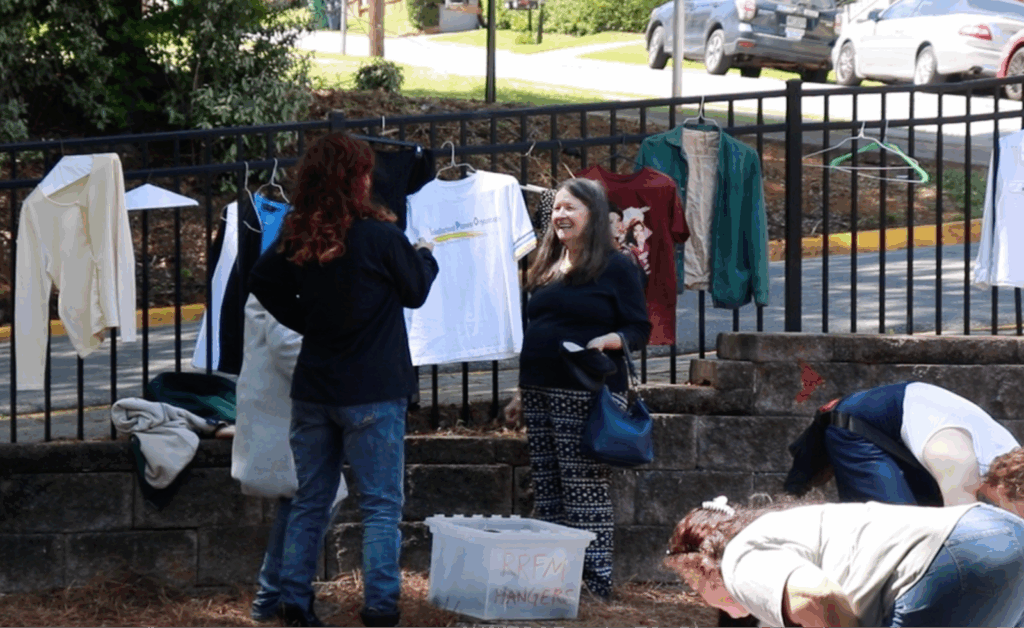
Unlike traditional donation centers where donors drop off items and never see the recipient, this market creates direct exchanges.
“When I drop stuff off at the thrift store, I don’t get to see the recipient,” Bray says. “Here, I get to see the person go…‘Oh my gosh, I’ve been looking for one of these.’”
The market is also personal, Bray says. A mother of four, she knows what it’s like to think about every dollar she spends.
“There were lots of times when we couldn’t afford to go to the store and buy whatever we wanted,” she says.
Though her kids are older now, Bray still keeps a tote bag in her garage dedicated to RRFM donations.
Showing Up in Times of Need
Tarpley, like many college students, recognized how crucial this market is.
“We’re all just broke students; we need food,” she said. “The fact that there’s food here; if somebody needed that, they would be able to get it.”
In 2023, approximately 18 million U.S. households in the U.S. experienced food insecurity at some point, marking an increase from 17 million the year prior.
While food banks and thrift stores play an important role in society, events like The Really Really Free Market are doing something different by building a community geared towards trust and communication.
“During COVID, communities kind of died. Nobody could really connect,” she said. “Things like this could really help people to get out of their shells and more into a sort of nice community event.”
The market works off of a give what you can, take what you need system of trust and community.
“The fact that this just bypasses capitalism entirely and goes back to a sort of almost barter culture, but without even having anything to give, it’s just a good system,” she said.
Whatever isn’t taken by the end of the event is dropped off at a thrift store. The market also partners with a local church’s food shelf to provide some of the food available each month. In doing so, Bray points out that waste reduction is a crucial part of the market.
“We keep a lot of things out of the landfill stream,” she said.
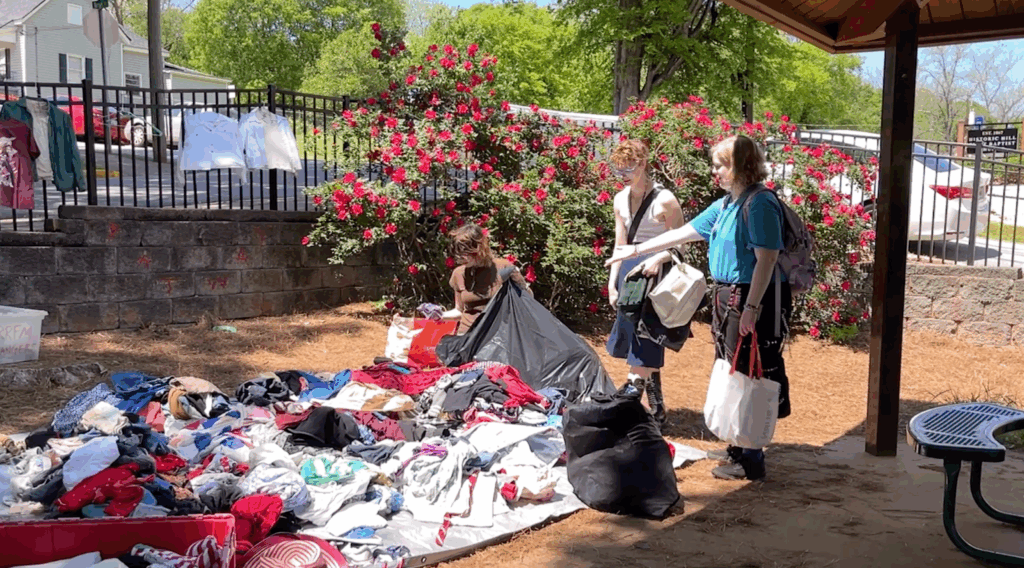
For Buxton and his wife, it’s all about giving back.
“There’s a lot of good people here to start with, a whole lot of good people,” he said.
And at the end of the day, “it’s a way of sharing our material things, but it’s also creating community,” Bray says.
Sarah Quinn Irby, Christian Conte, Kira Mermelstein, and Vaughan Stout are senior journalism students.





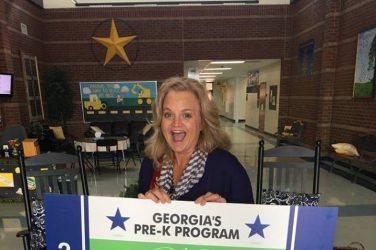
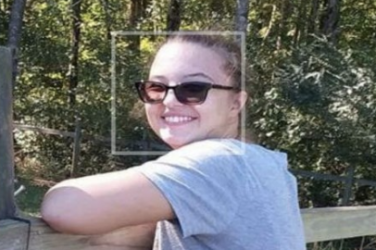
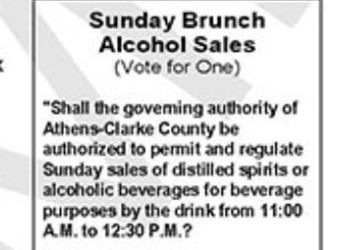

Show Comments (1)